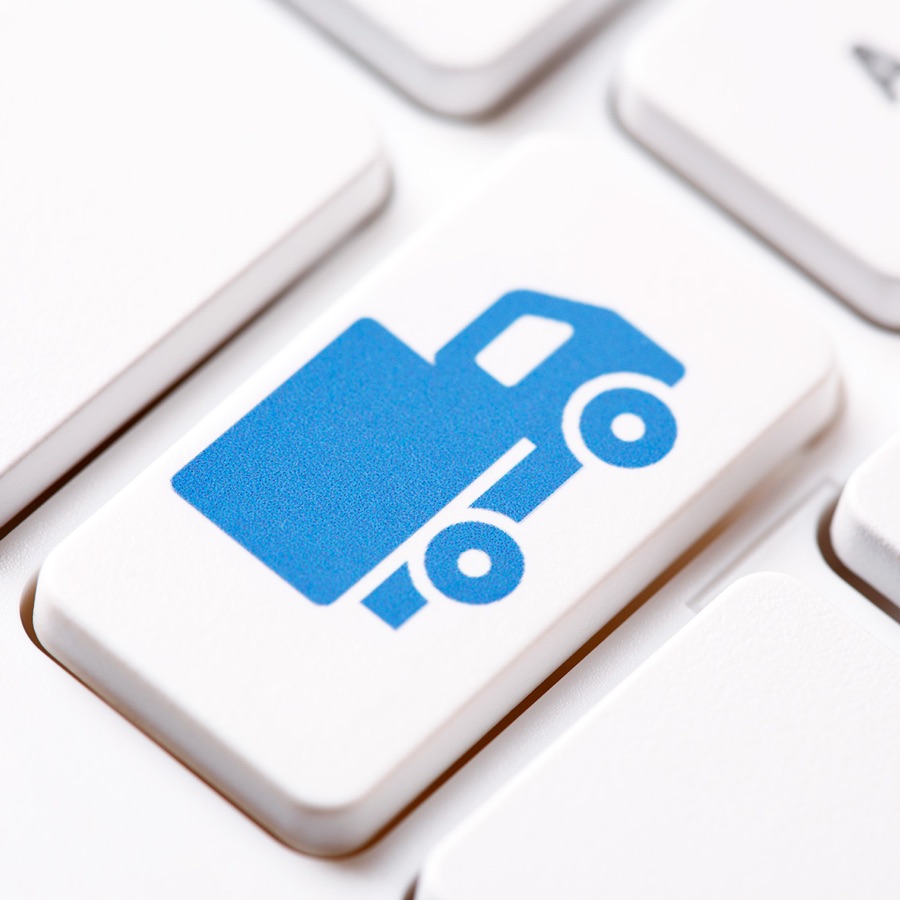
Insight
{{eyebrowContentTitle ? eyebrowContentTitle : activeTagName}}
Make it Personal Make it Personal Make it Personal Make it Personal
How AI and Machine Learning are Creating Custom Products and Experiences for the Masses
Type in your prompt above or try one of these suggestions



The Future of Grocery: A Customer-Centric Approach to Digital Transformation
Unlike digital-first brands, legacy grocers must compete for market share by adapting their business model for the digital consumer. But as grocers work to connect digital channels with in-store experiences, they often overlook details that can really make a difference.
“There’s basic things that customers want to do, fundamental things that we often take for granted in the physical experience that completely fall apart in the digital experience,” Neil Hubbard, director of customer experience and innovation, Publicis Sapient said. “They’ve taken their eye off the most important thing, and that’s the customer.”
The future of digital transformation in grocery will focus on the customer, with a data-driven strategy that provides seamless, personalized experiences for shoppers.
Groceries: Where Digital Meets Virtual
New generations of digitally native shoppers are entering the grocery market. The global grocery market is projected to reap $1.9 trillion in new sales by 2023, a 28 percent increase since 2018.
Unlike other retailers, grocers face unique inventory issues – the freshness and availability of produce, online and on store shelves. An increase in-store pickup or curbside/home delivery poses supply-chain challenges, as well as designing the in-store experience to accommodate more pickers dedicated to these services, without overcrowding the physical store experience.
More physical and DTC delivery options give the customer choice and flexibility. Examples include improved home delivery, curbside pickup, spoke (locker or kiosk) pickup, subscription services, BOPIS processes, click-and-collect and delivery option-based pricing.
An increased demand for speed and convenience puts pressure on grocers to develop a more agile approach to demand planning cycles in order to reduce cost and maximize experience. A de-siloed approach that unites analytics and operational data within a singular cloud-based platform reduces friction between planning and execution, allowing for better resource planning, inventory optimization, seasonality and location-based insights.
Designing experiences with the customer in mind
Successful customer-obsessed grocery experiences follow the four LEAD principles of design – light, ethical, accessible and dataful. When combined, these four principles help grocers think about the customer experience from all angles. This means focusing on reducing complexity, with innovations like:
“Once you begin to get visibility into shopping behaviors, patterns and preferences, you can do a lot of things right,” Hubbard said. “You can begin to proactively anticipate what goes on the shopping list and begin to simplify that experience. You can begin to recommend subscribe-and-save options for items bought frequently, or start recommending recipes that would inspire creative cooking and reduce waste because you’re not throwing things out.”
However, according to Publicis Sapient/Adobe research, only 40 percent of respondents say they are leveraging data across channels to create a 360-view of the customer. By eliminating data silos and creating a more holistic view of the shopper journey, grocers can invest in developing the right technologies needed to provide more than just convenience.
For example, Walmart’s mobile app allows shoppers to tap into personalized discounts, build shopping lists and personalize delivery pickup times. This connects the shopping experience across channels, while reducing time and friction in-store. Walmart saw a 98 percent increase in mobile orders and a 20 percent increase in conversions with this improved mobile experience.
Explore the digital in-store features that seamlessly connect across touchpoints, delighting your shoppers and driving growth.
An end-to-end journey
Unlike other retailers, grocers face unique inventory issues like the freshness and availability of produce. An increase in in-store pickup or home delivery poses supply chain challenges, along with designing in-store experiences that accommodate these services.
“Grocery is a very low-margin business,” Vivek Puri, group vice president, growth and strategy lead, Publicis Sapient, said. “If you look at the old paradigm and how they reconfigure their supply chain to the digital customer, there are a lot of challenges.”
Emerging supply chain trends play a critical role in shaping the overall customer experience. Grocers should leverage data to determine the best approach.
For example, Loblaw took a “continuous improvement” approach to digital business transformation, becoming one of the first grocers to offer delivery and pickup in Canada. Loblaw’s PC Express Online service lets customers place order digitally, with pickup and delivery options across 700+ store locations.
The future of grocery
The global grocery market is projected to hit $1.9 trillion in sales by 2023. At the same time, new generations of digitally native shoppers are entering the market – shifting expectations and demand from retailers. While technology and data play a role in driving these innovations, the ability to keep the customer front and center is paramount for success.
“Once grocers begin to really leverage data effectively, they can enable experiences that are truly relevant, that’s going to be a real shift,” Hubbard said.
Related Reading




